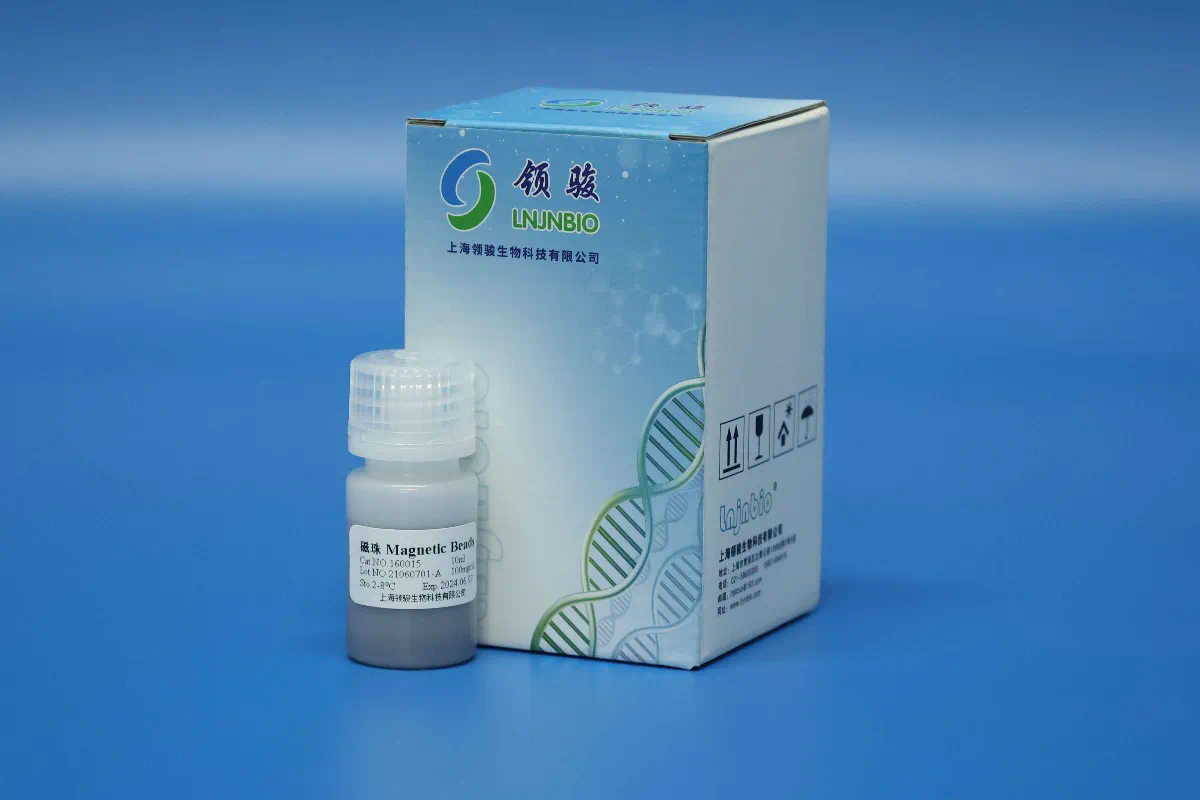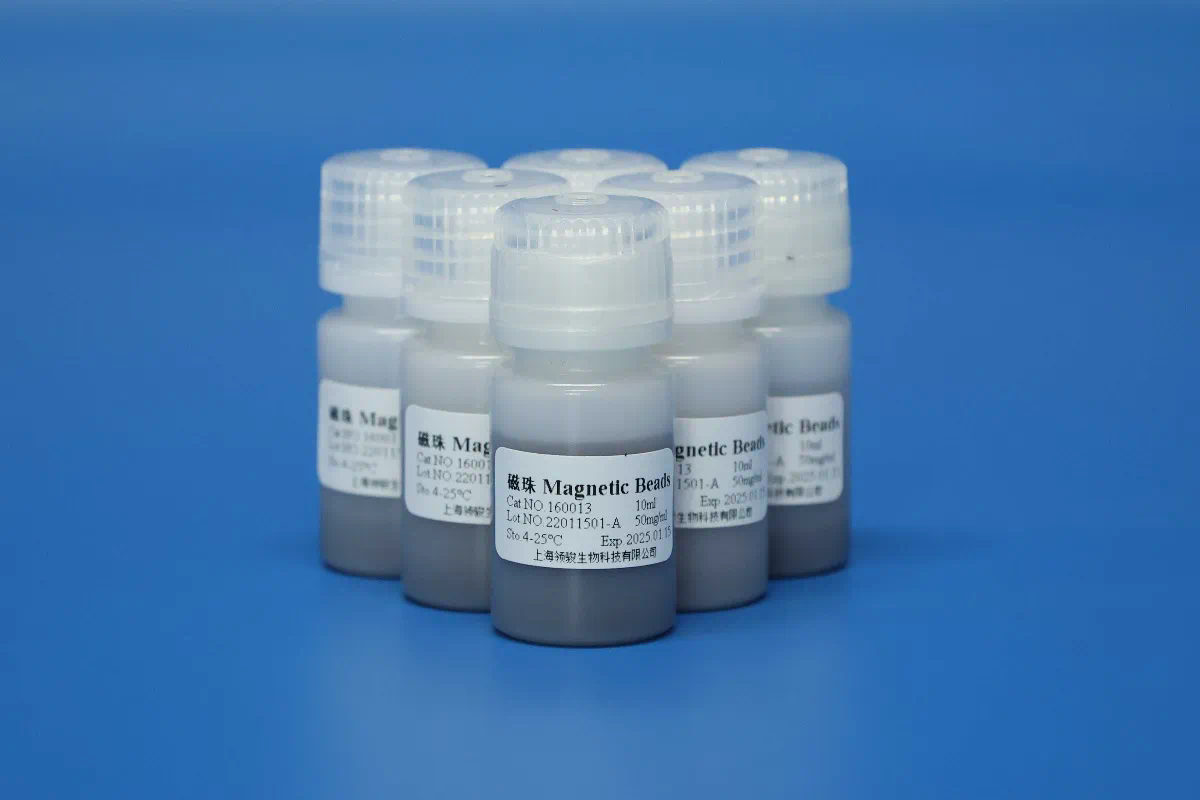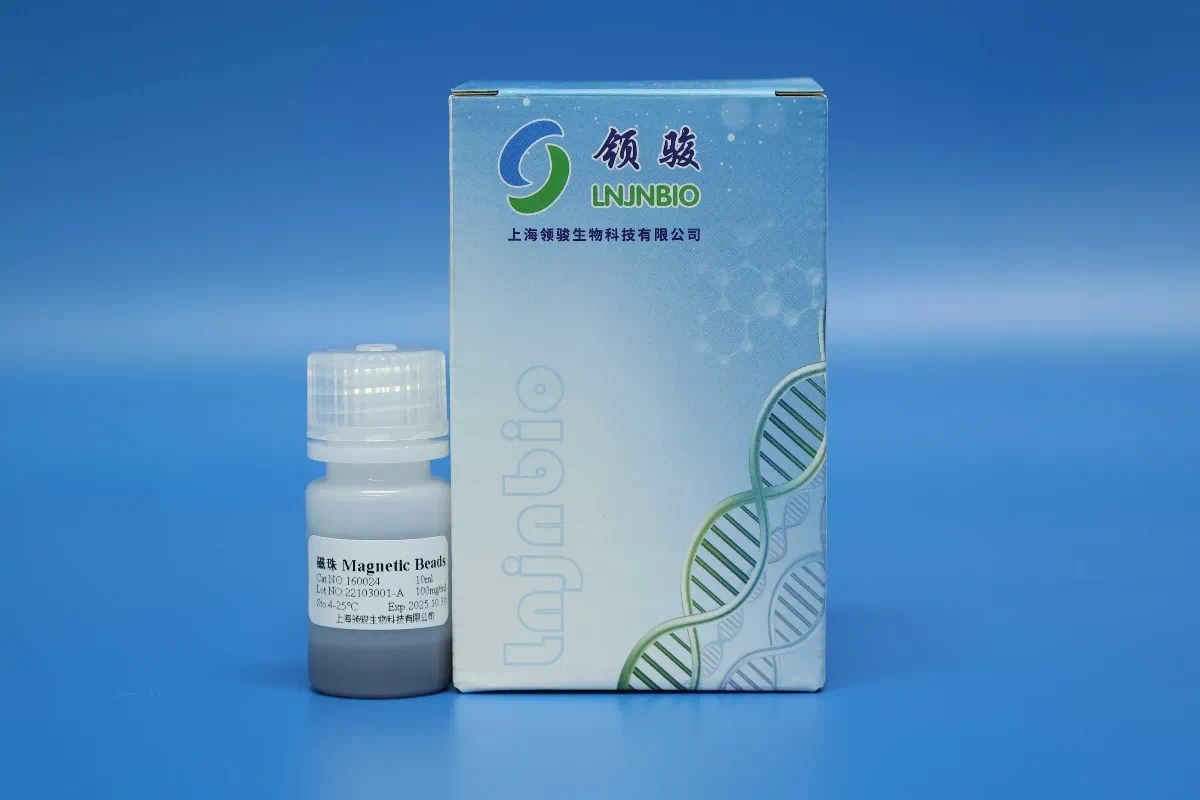Rapid plasmid DNA extraction is a fundamental technique in molecular biology that enables researchers to isolate plasmid DNA from bacterial cells quickly and efficiently. This method is crucial for various applications, including cloning, sequencing, and gene expression studies. However, despite its widespread use, several common laboratory problems can hinder the effectiveness of this extraction process. Understanding these challenges and their countermeasures is essential for optimizing plasmid DNA yield and purity.
Plasmid DNA extraction typically involves lysing bacterial cells, separating the plasmid DNA from cellular debris, and precipitating the DNA for further analysis. While rapid methods have significantly improved the efficiency of this process, several factors can impact the quality and quantity of the extracted DNA.
One of the most prevalent issues encountered during plasmid DNA extraction is low yield. Several factors contribute to this problem, including the choice of bacterial strain, culture conditions, and the extraction protocol employed. For instance, using strains with higher plasmid copy numbers, such as DH5α or XL1-Blue, can enhance yield. Additionally, growing cultures to the optimal density (OD600 of 0.6–0.8) ensures that cells are in the exponential growth phase, maximizing plasmid production.
Another common problem is the presence of contaminants that can affect downstream applications. Contaminants may include residual salts, proteins, or genomic DNA. To mitigate this issue, it’s important to follow the purification steps meticulously. For example, adding a specific amount of isopropanol during precipitation helps to selectively precipitate the plasmid DNA while leaving contaminants in solution. Furthermore, employing silica-based columns can enhance purity by binding plasmid DNA while washing away unwanted materials.
The lysis step is critical in the plasmid extraction process. Incomplete lysis can result in low yields, while over-lysis can lead to genomic DNA contamination. It is vital to optimize lysis buffer composition and incubation time. A typical lysis buffer contains sodium hydroxide and SDS, which should be mixed gently to prevent shearing of the plasmid DNA. Monitoring the time of lysis can help strike a balance between efficient cell disruption and minimizing genomic DNA release.
Temperature also plays a significant role in the extraction process. Performing the lysis at temperatures lower than room temperature can prevent denaturation of plasmid DNA while still effectively lysing the cells. Additionally, maintaining the extraction reagents at appropriate temperatures can enhance the reactions involved in plasmid recovery.
Another challenge faced during rapid plasmid DNA extraction is the potential for enzymatic degradation. Nucleases present in the bacterial lysate can degrade nucleic acids if not promptly inactivated. Using RNase and adding protease inhibitors can help protect the plasmid DNA during the extraction process. Moreover, performing the extraction in an environment free of nucleases, such as using DEPC-treated water, can further safeguard against degradation.
Storage of the extracted plasmid DNA is another critical aspect that requires attention. Improper storage conditions can lead to degradation over time. Plasmid DNA should be stored at -20°C or -80°C in a buffer that prevents denaturation. Utilizing aliquots can prevent repeated freeze-thaw cycles that can compromise DNA integrity.

When troubleshooting plasmid DNA extraction processes, it is crucial to maintain proper laboratory practices. Contamination can stem from multiple sources, including reagents, equipment, or even personnel. Implementing strict aseptic techniques, using certified reagents, and regularly cleaning workspaces can minimize these risks.

In addition to practical considerations, understanding the molecular mechanisms underlying plasmid DNA extraction can provide insights into optimizing protocols. For instance, plasmids are typically supercoiled, which can facilitate their extraction due to their compact structure. Recognizing that different plasmid isolation of small DNA fragment forms (supercoiled, relaxed, and linear) can affect the extraction yield is essential for developing tailored approaches to specific plasmids.

To summarize, while rapid plasmid DNA extraction is a powerful tool in molecular biology, several common problems can arise, affecting yield and purity. By addressing issues related to bacterial strain selection, culture conditions, lysis efficiency, contamination, and storage, researchers can optimize their extraction protocols. serum/plasma free DNA extraction and purification Continuous advancements in extraction technologies and methodologies will further enhance the efficiency and reliability of plasmid DNA isolation in the future.
https://iflatiron.com/



